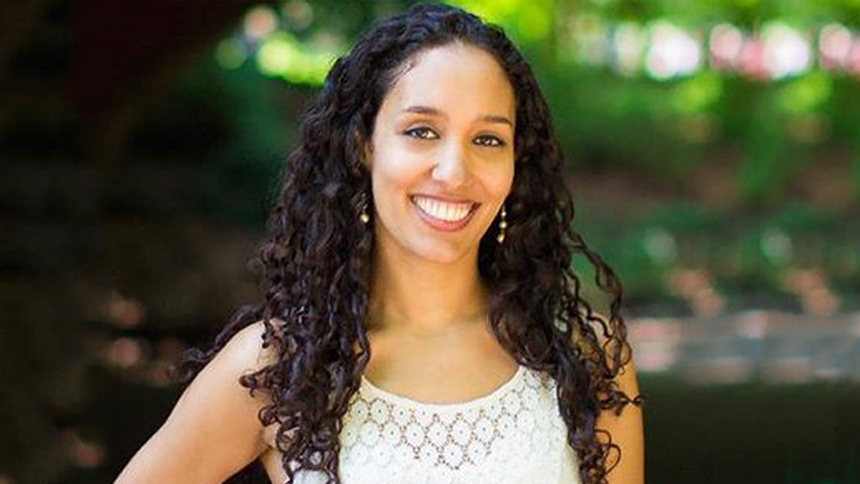Across platforms including Facebook, Twitter and Instagram, an estimated 78% of Americans have at least one social media profile, and according to The Pew Research Center, around 62% of Americans turn to social media for news.
Obviously, if you’re working in digital journalism, you can’t afford to ignore that captive audience.
For this reason The New York Times, led by Senior Editor Jonathan Ellis, is gearing up to launch on Snapchat’s Discover platform.
With a daily edition modeled after the Times’ popular “Morning Briefing,” Ellis hopes to capture a new, younger readership and continue to shape the future of multimedia journalism, one ten-second video at a time. Here’s how he’s doing it:
Why did you guys decide to launch on Snapchat Discover?
Snapchat Discover is a relatively new medium with a lot of interesting, new storytelling opportunities, so it’s definitely an exciting place.
There’s this opportunity to reach an entirely new audience—people who the Times might not be reaching right now, but who might be interested in finding a really trusted news source with a lot of great other features as well.
In terms of the actual content, how are you shifting it for the platform to ensure that you reach those audiences in a compelling way?
There’s not going to be room in any given day’s edition on Snapchat Discover to fit in everything that the Times is doing, so it’s about finding the right stories that would appeal to the audience on Snapchat. And I think a lot of that is in the curation of the story selection.
I think the mistake would be to try to pander to a certain audience, whoever that audience may be. We certainly don’t want to try to do anything that’s supposed to appeal to the kids out there. That’s just a recipe for disaster. So instead, it’s about finding the stories that matter to people.
As you build a team around this to prepare for launch, what are some of the digital journalism skills you’re looking for in potential hires?
I would say that motion graphics design is one of the linchpins of everything that we’re doing, because [Snapchat] is based on ten-second moving videos.
So you need some very creative motion designers who can not just take direction, but who can interpret the story that we’re trying to tell and come up with their own ways of telling them visually.
You also need video editors and video producers who can think about telling stories through video, research and find existing videos, work with the rest of The New York Times video team to make sure that we’re getting all of the good stuff that they’re working on into the platform, and think about original content.
I should also mention that just thinking in terms of vertical video is important. [It’s different] than what they might have always been working on in the medium of traditional, 16:9 widescreen video.
We’ve also got other editors on the team, who are sort of thinking about the story selections in general [and] applying their news judgment to what we’re putting into the edition every day.
We also have a photo editor on the team who is bringing the entire great world of New York Times photography into everything that we do. And that’s another way that we can tell these stories visually.
What are some of the soft skills needed to launch an endeavor like this?
Overall, we’ve found that this process is collaborative at its core, so even though everybody brings some specific skillsets to the table, it’s almost like everybody has to wear a lot of hats, and wear each other’s hats at various moments.
When we started working on this, we, I think, were a little too disconnected from each other, and people were working in their separate corners on their separate things, and it wasn’t jelling very well.
We realized pretty early on that to be able to produce this kind of cohesive, visual-first edition every day requires intense collaboration. People need to be sitting together, looking over each other’s shoulders, and communicating at all times with one another about what they’re working on and what ideas they have.
So instead of having everybody simply working in their own disciplines, people have to be very flexible, and [those are] the kind of people that you need on the team.
Aside from that initial hurdle of collaboration, what would you say the biggest challenges are now, leading up to launch, and can you foresee any future challenges down the road?
The collaboration challenge was obviously important at the get-go, and it still is. We’re still trying to figure out exactly the right workflows, so I think that will be one of the big challenges as we get closer and closer to launch. Just making sure we’re being as efficient as possible.
We are also trying to figure out the proper timing of all this. How do you prepare an edition that…[gives] you the latest news that you need to know that morning. And at what time does that all get prepared? The previous day, previous night or overnight?
There’s also just a lot of the refinement to be done in how we approach the mix of content that we put in each edition. What do we think is going to resonate with the audience? What’s the best way to arrange and organize all of that?
The other thing is that, until we launch, we won’t be able to gauge the audience reaction to all of this, so we’re doing this without the benefit of analytics.
Then after the launch, I think one of the things we’ll have to focus on is how our audience is responding. What’s successful that we didn’t expect to be? What’s not doing so well that we thought was going to be a big hit?
How do we adjust to that, and then, how can we build and grow an audience on a platform where you have a lot of other great media publishers? How can we make it clear to our Snapchat users that this is [content] that’s worth coming back to every day?
You touched repeatedly on building a habit with users and establishing brand loyalty. Would you say that’s the overarching goal of this initiative?
We’re excited to be a part of a platform that is changing the way that a lot of people get their news, and the way that a new generation gets its news. And we certainly want to bring to the table new ideas about how best [to] do that.
We’ll learn things about visual storytelling by doing this project, and we certainly hope that we can spread some of that knowledge throughout the rest of the organization, once we’re up and running.
I think everyone would agree that Snapchat has been so innovative in changing how a lot of people consume media, entertainment and journalism.
That’s a great thing that Snapchat does, and it’s a great opportunity for us to think about how we can change what we’re doing, as a whole, at The New York Times.







